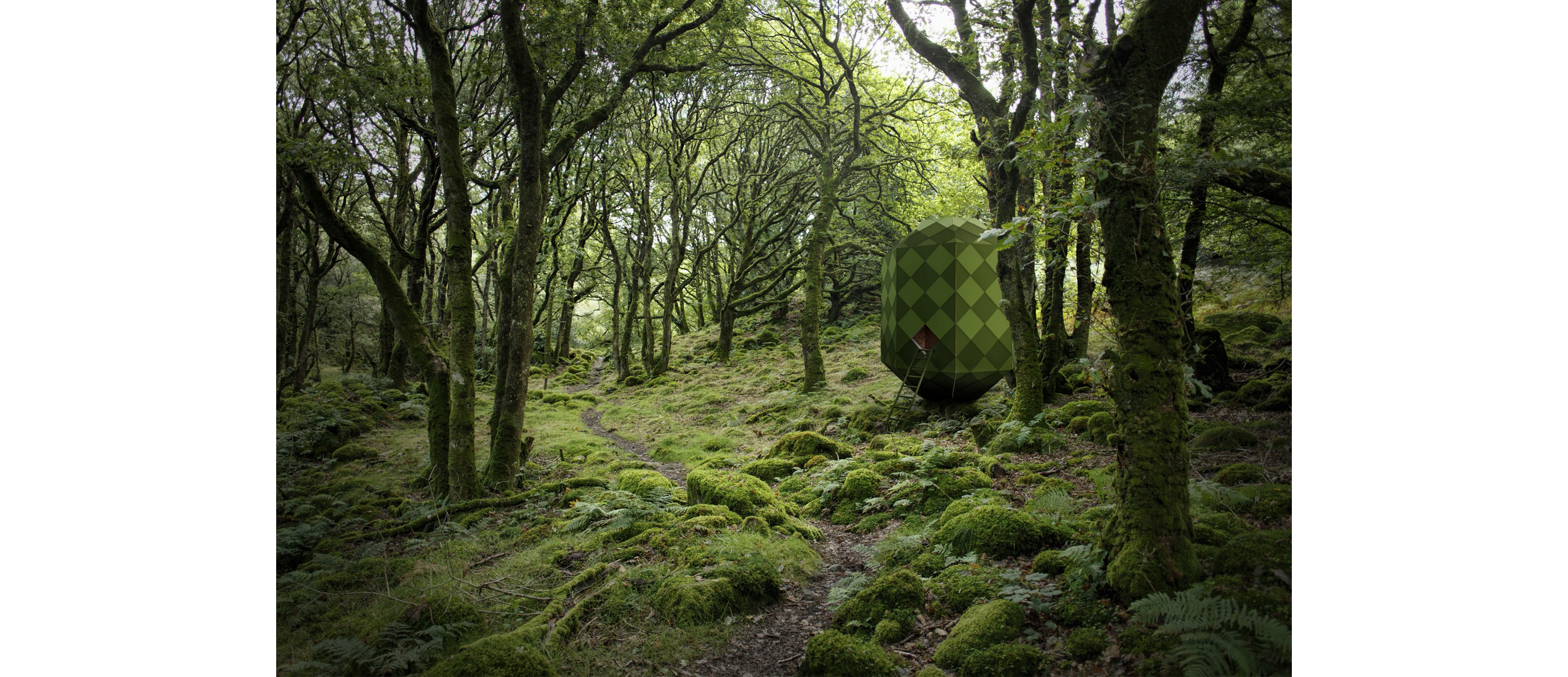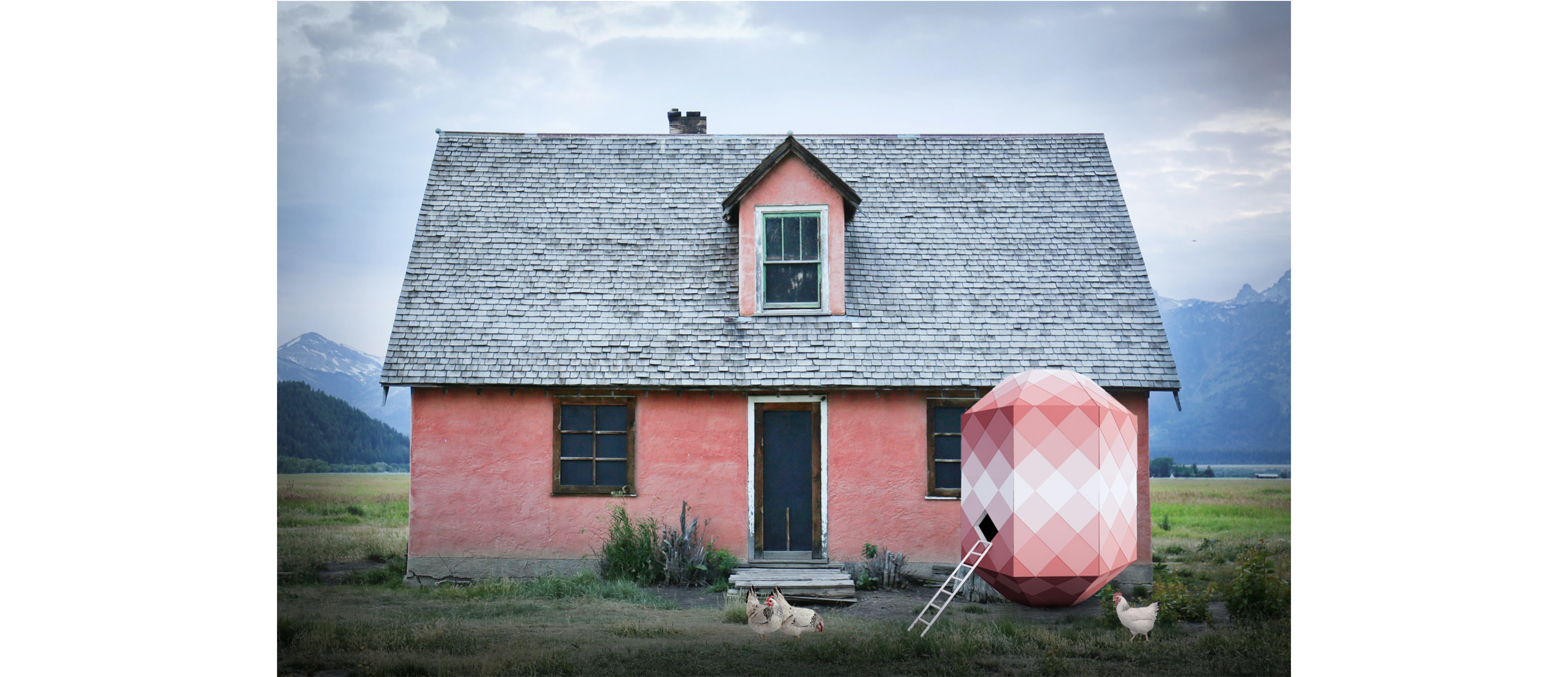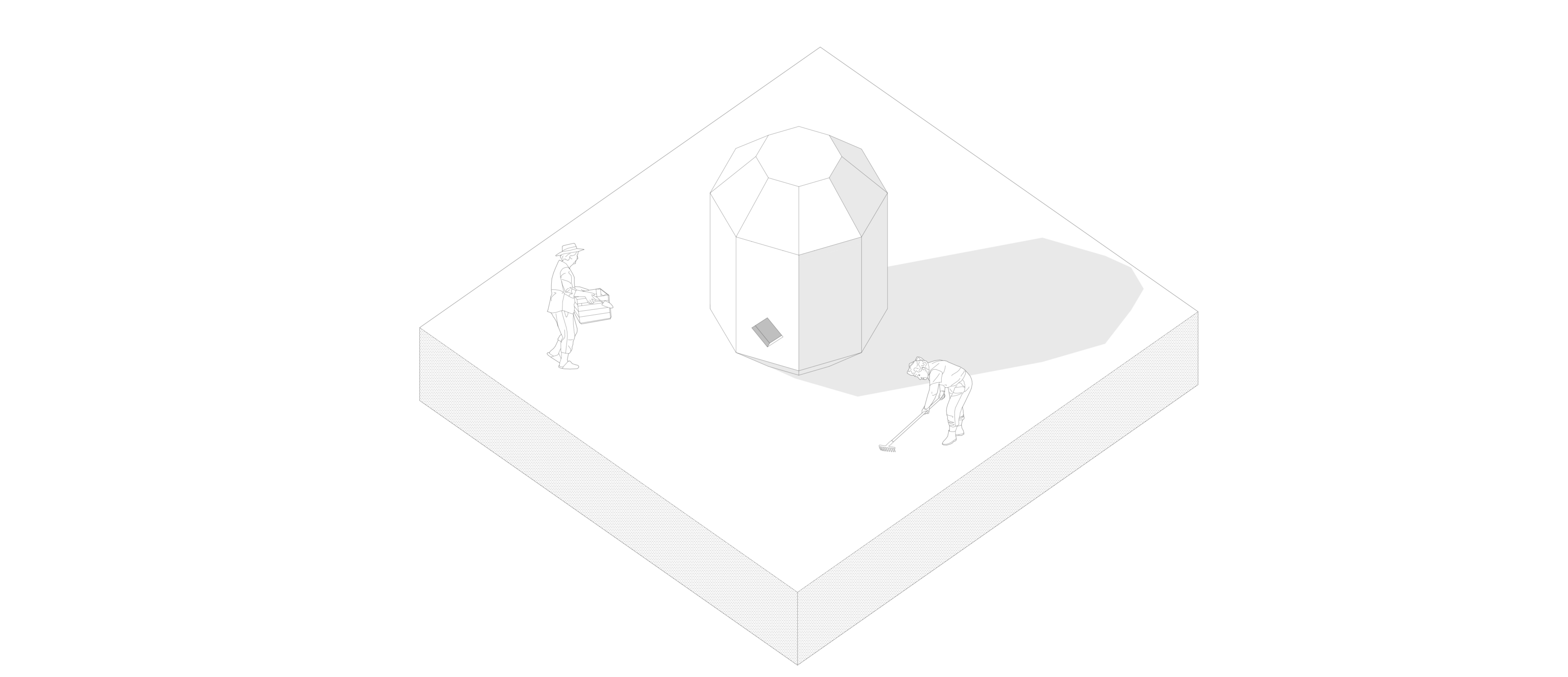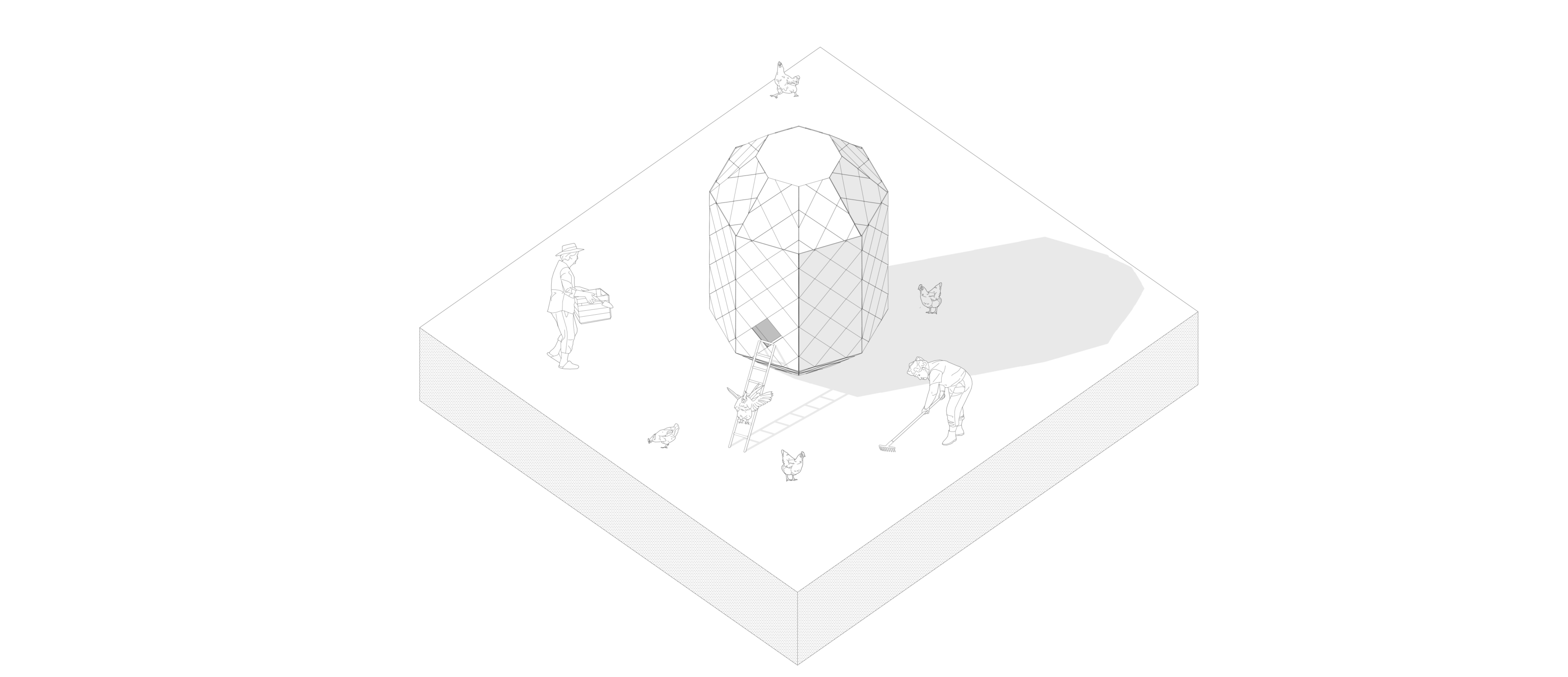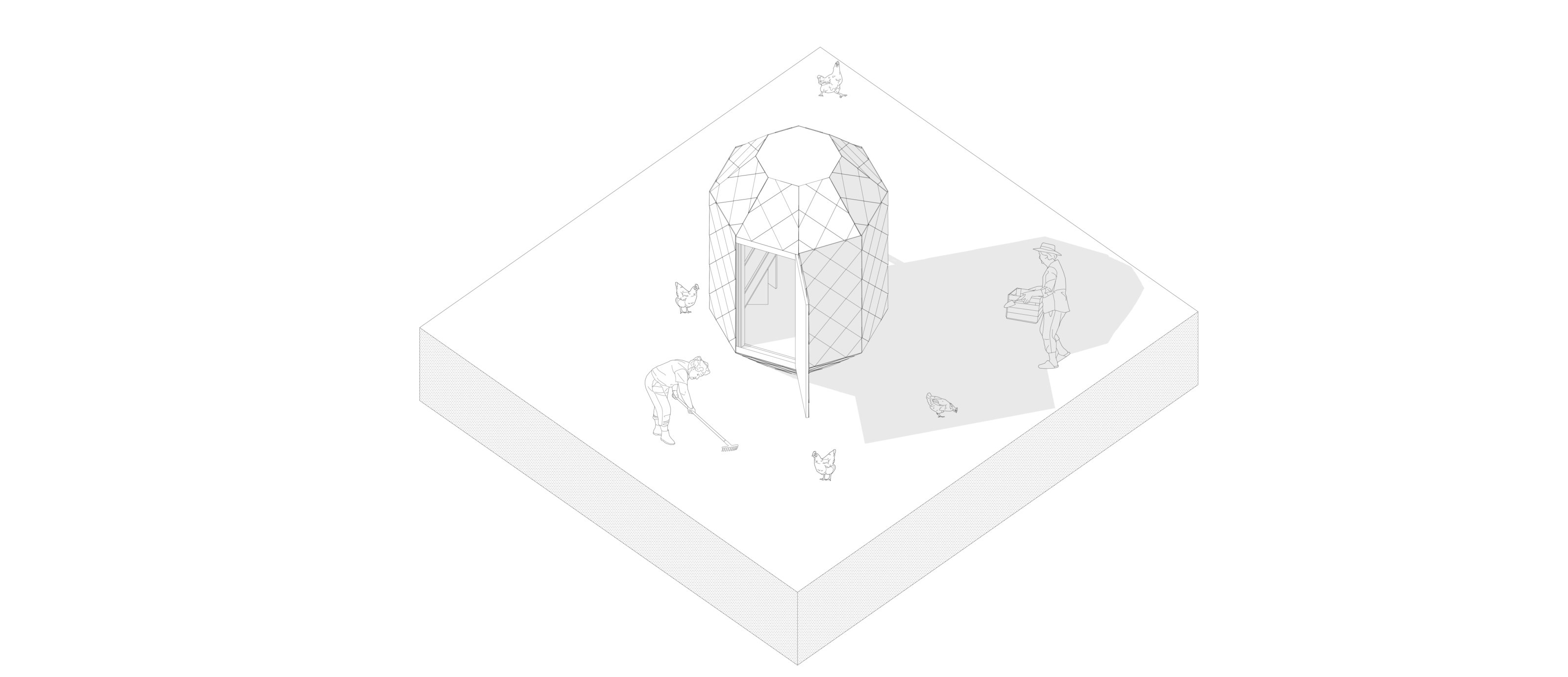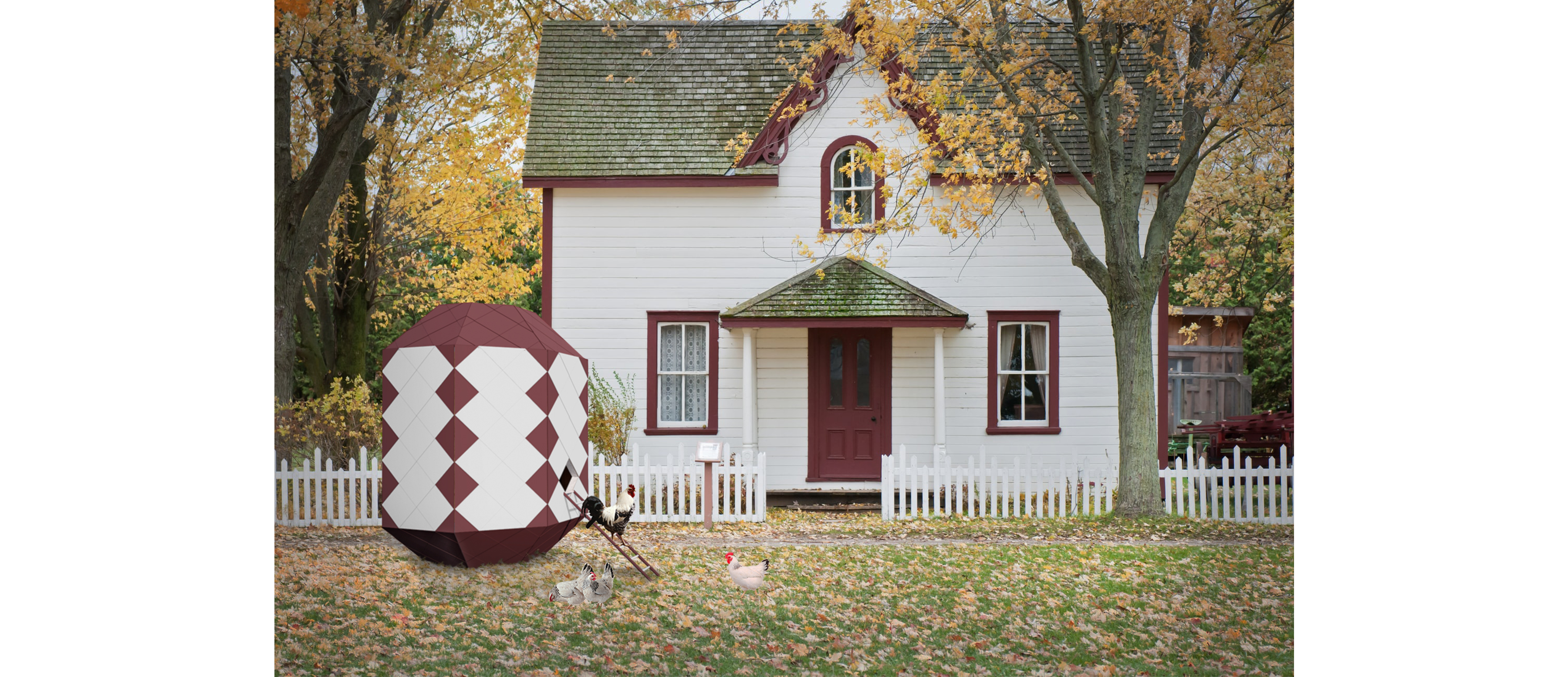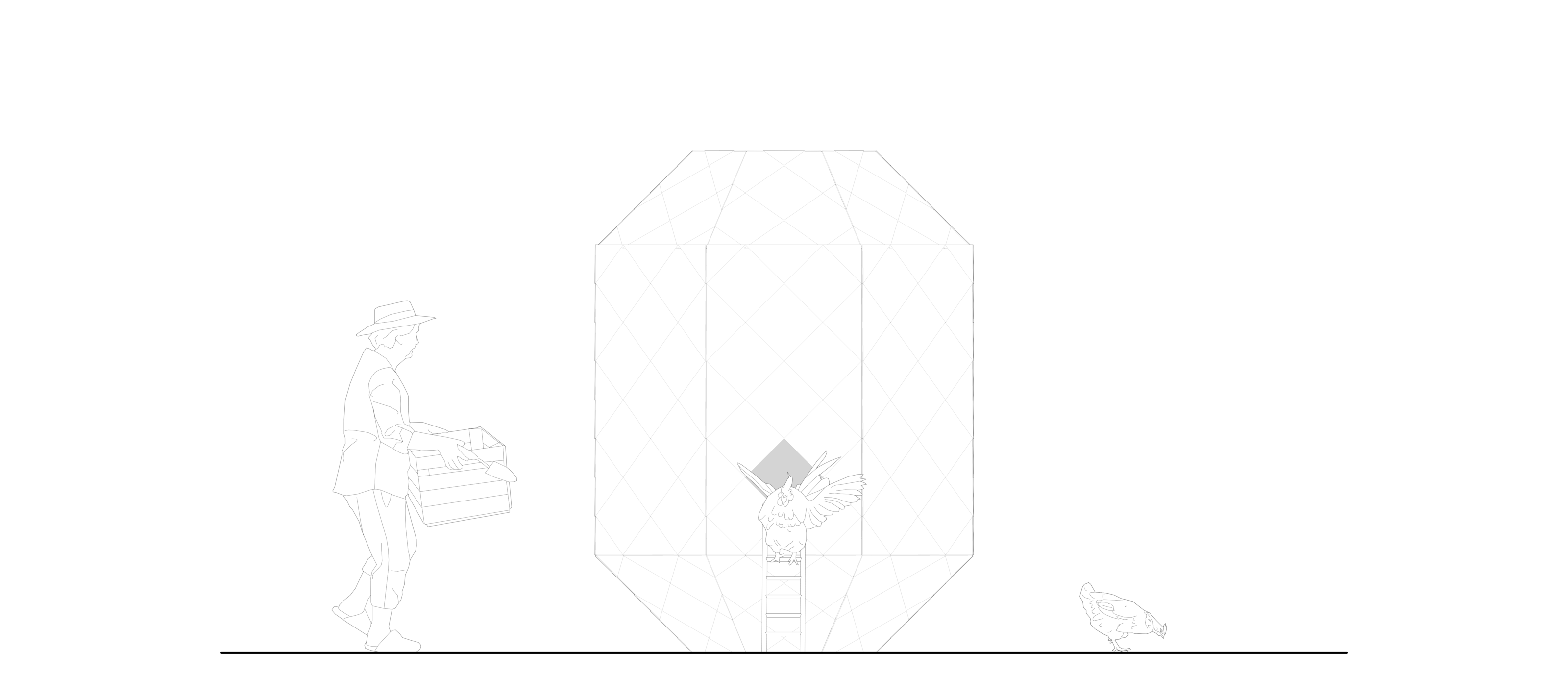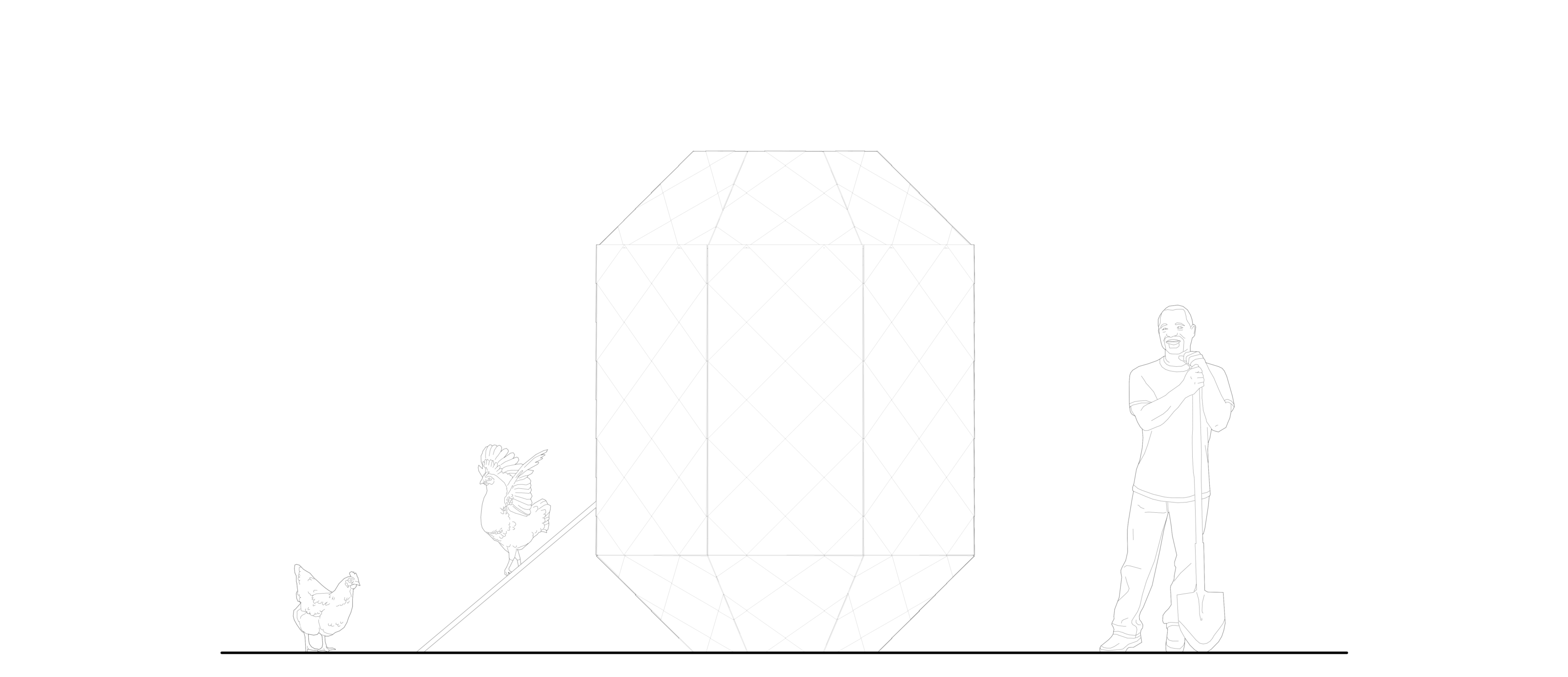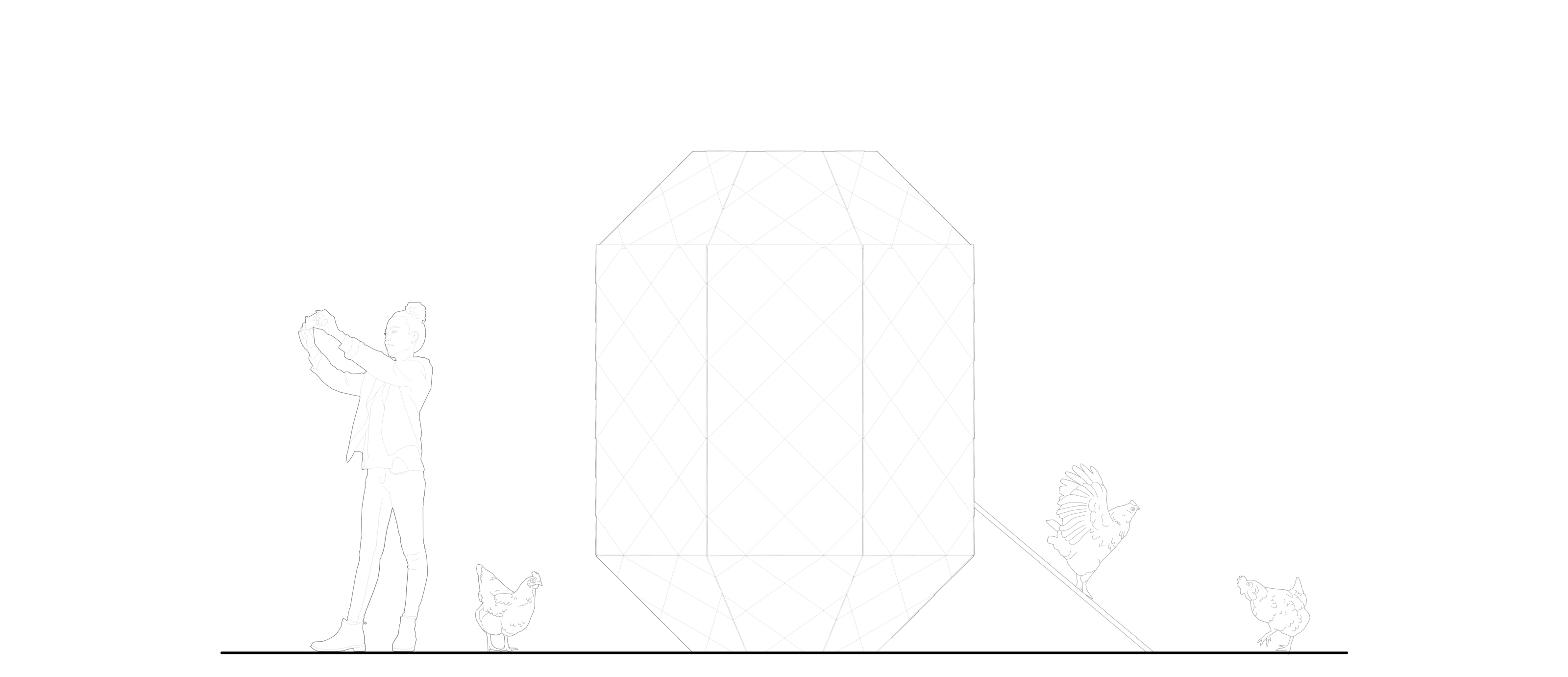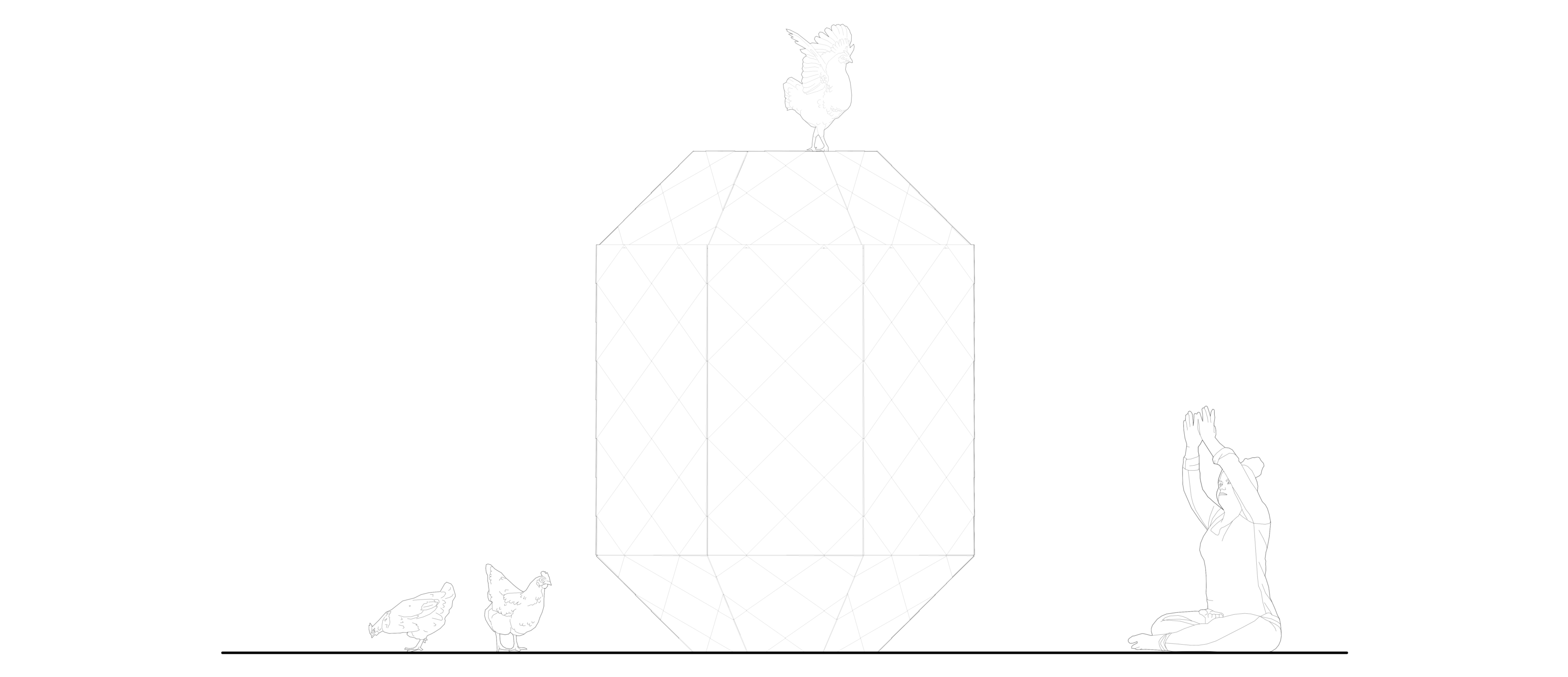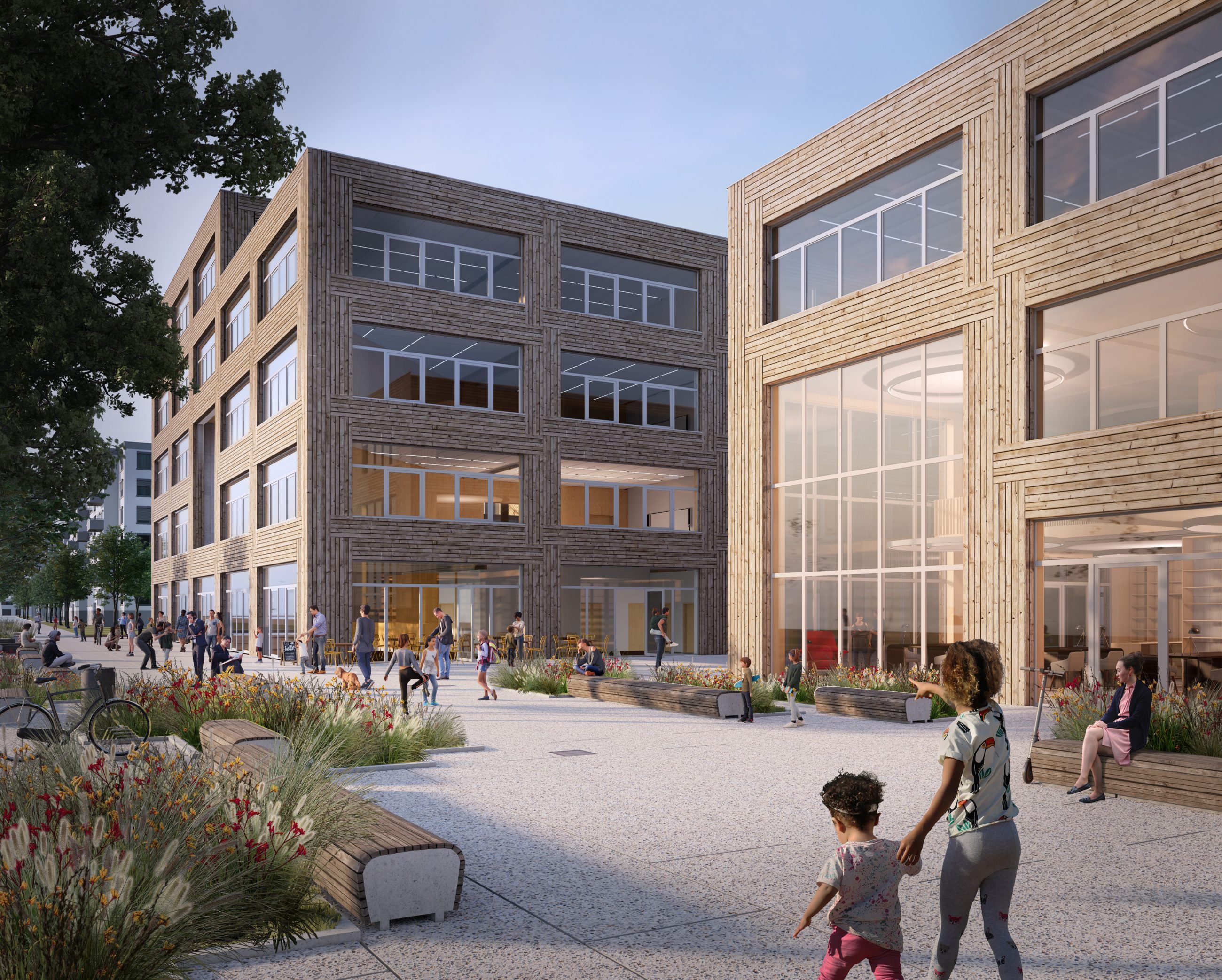NOMAHENHOUSE
Which came first: Eggs or hens? We know the answer – neither, it was a henhouse, NOMAHENHOUSE.
In recent years, city farming has been an unprecedented success. People longing for quality locally produced food realized that it is possible to farm in the city as well – undeveloped areas are being transformed into vegetable gardens, hives are buzzing on the roofs and the breeding of small livestock is spreading. Our attention was gained by hens as ideal creatures for human centers.
Domestic fowl was common in cities until the 19th century. Residents now lack this interaction for many reasons. In the first place, rattlesnakes are the source of eggs; one happy hen eats an average of 195 a year. They also consume leftovers from the kitchen, which now have to be exported. If we look at these feathers from a different perspective, hens also have a social significance, after all, we have been learning about them since we were little. The situation can be partially solved by renting hens, a trend that many organizations are dealing with and we also want to support.
The goal of NOMAHENHOUSE is not to supply the whole of Prague or to introduce food self-sufficiency, but to enrich the monotonous urban environment. Passers-by will be happy to stop by and families will include him in their walks to show the children where the eggs come from. So it will also have an educational function.
In small villages, as well as in metropolises, there are countless places where poultry could be raised. However, the unsightly nature of the chicken coops is an aesthetic obstacle. We conceive our design, thus renewing the tradition of decorated birdhouses and farm buildings. With the new approach, they can be part of the architecture again.
The shape of the NOMAHENHOUSE is of course based on an egg – it looks like a pine cone, but geometrized, it consists of polygons. Slabs resembling roof shingles are nailed to the wooden structure, thanks to their unlimited color design they adapt perfectly to the surroundings. The chicken coop is designed for eight happy hens, to whom it offers enough space, space for a nest, a perch perch and everything else that every laying hen deserves. It can be located in a wide range of locations, from parks, brownfields, housing estates and more natural areas. It can also become a diversification of senior housing, forest nurseries and other areas.
Place: Everywhere
Phase: Study
Phase: Study
Team: Pavla Maxová, Jan Novotný, Kristýna Rajdlová

